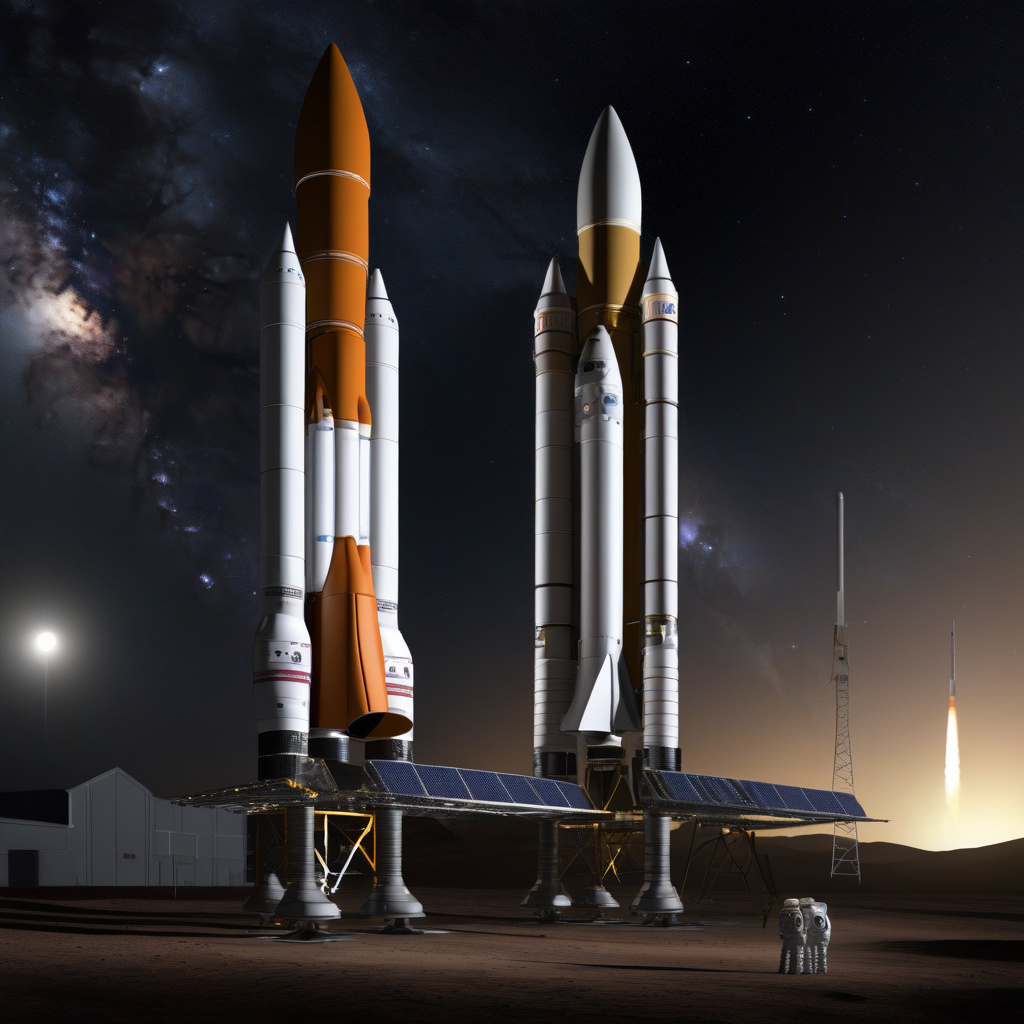NASA’s SpaceX Mission: Twin Satellites to Study Space Storms and Forecast Space Weather
In a groundbreaking move, NASA has partnered with SpaceX to launch a mission that aims to deepen our understanding of space storms and auroras. The mission involves deploying twin satellites equipped with cutting-edge technology to study space weather patterns and provide more accurate forecasts. This collaboration marks a significant milestone in the field of space exploration and has the potential to revolutionize our ability to predict and mitigate the impact of space weather events on Earth.
Space weather, which refers to the environmental conditions in space as influenced by solar activity, can have a profound impact on a wide range of technologies and systems on Earth. From disrupting satellite communications to interfering with power grids, space weather events pose a significant risk to our increasingly interconnected and technology-dependent world. By studying these phenomena more closely, scientists hope to improve our ability to forecast space weather and develop strategies to mitigate its potentially harmful effects.
One of the key objectives of the NASA SpaceX mission is to study the mechanisms behind the formation of auroras, the stunning light displays that occur in the Earth’s polar regions. These natural phenomena are the result of interactions between solar wind particles and the Earth’s magnetic field, creating a spectacle that has captivated humans for centuries. By gaining a better understanding of how auroras are formed, scientists hope to shed light on the broader dynamics of space weather and its implications for our planet.
The twin satellites deployed as part of the mission are equipped with a range of instruments designed to measure and analyze various aspects of space weather. These instruments include magnetometers to track changes in the Earth’s magnetic field, particle detectors to measure solar wind activity, and cameras to capture images of auroras in unprecedented detail. By collecting data from multiple vantage points in space, the satellites will provide researchers with a comprehensive view of space weather phenomena and their potential impact on Earth.
The data gathered by the twin satellites will not only enhance our scientific understanding of space weather but also improve our ability to forecast and prepare for potential disruptions. By integrating this data into existing models and forecasting tools, researchers hope to provide more accurate predictions of space weather events and their potential effects on Earth. This, in turn, will enable governments, businesses, and other organizations to take proactive measures to protect critical infrastructure and minimize the impact of space storms.
In addition to its scientific objectives, the NASA SpaceX mission also highlights the growing role of private companies in space exploration. By partnering with SpaceX, NASA has been able to leverage the expertise and resources of a leading commercial space company to achieve its research goals. This collaboration serves as a model for future partnerships between government agencies and private enterprises, demonstrating the potential for innovation and cost-efficiency in space exploration.
As the NASA SpaceX mission gets underway, scientists and space enthusiasts around the world are eagerly anticipating the insights and discoveries that lie ahead. By studying space storms, auroras, and other space weather phenomena, researchers hope to unlock new knowledge about the dynamics of our solar system and its impact on Earth. With the data collected by the twin satellites, we are poised to take a significant step forward in our understanding of space weather and our ability to forecast and prepare for its effects.
space, NASA, SpaceX, space weather, auroras
